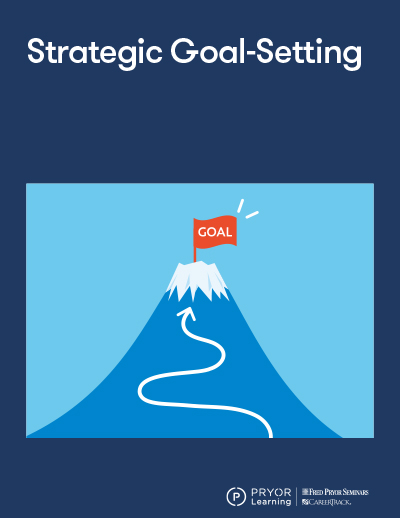Microlearning Course Design
When considering how to integrate new approaches—like microlearning—into your overall employee development efforts, it can be useful to get back to basics. In this article, we place microlearning within a broader training development structure.
Let’s start at the broadest levels of training development: learning paths, curricula and courses. These learning categories define the overall topics and goals of a training program. Completing a course is generally considered a key milestone, requiring a quarter or semester in educational settings, a full week of intensive learning or multiple sessions online. Courses are part of a larger curriculum or learning path.
Within each course, there are generally:
- Lessons: A substantive collection of learning material on one focal topic
- Outcomes and Objectives: Specific, actionable goals used to assess learning
- Content: The material taught to achieve the desired outcomes and objectives
- Interactions: Interactive elements that either teach or reinforce content
- Assessments: Questions or exercises that assess learner understanding and retention
Microlearning can be blended into a broader learning program by considering where these short engagements fit within this hierarchical structure. Here are examples of microlearning engagements that could fit into a course design:
- Translating assessment questions into short interactions that repeat a main point and its importance, and assess learner retention of skills taught in training
- Extending existing training content by providing a new case study or exercise that supplements an existing lesson or that integrates two learning points together
- Designing a real-world scenario that asks the learner to apply course content to a realistic work problem
- Providing a preview of a training event (classroom or online) by offering an engagement that directly supports a relevant learning objective
Microlearning is a great resource for previewing, extending or reaffirming previous or upcoming learning—considering the tool within a structured framework can identify new opportunities to fill content gaps or build out assessments.





